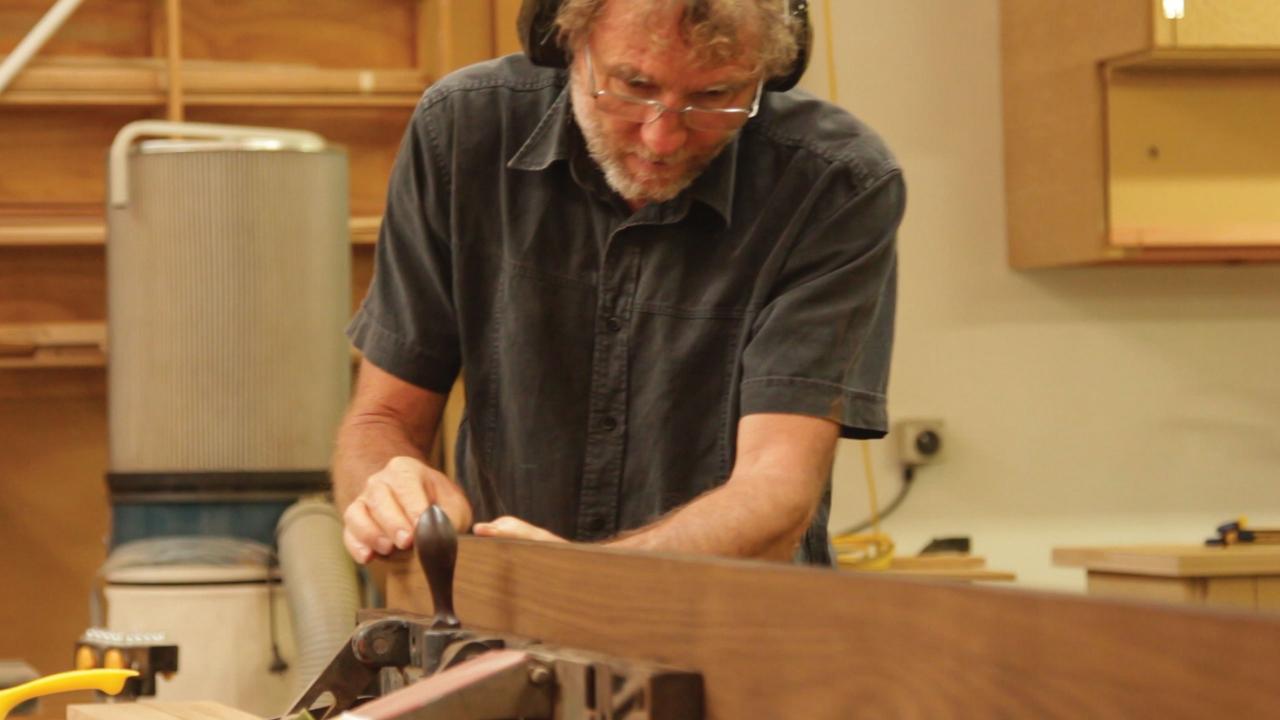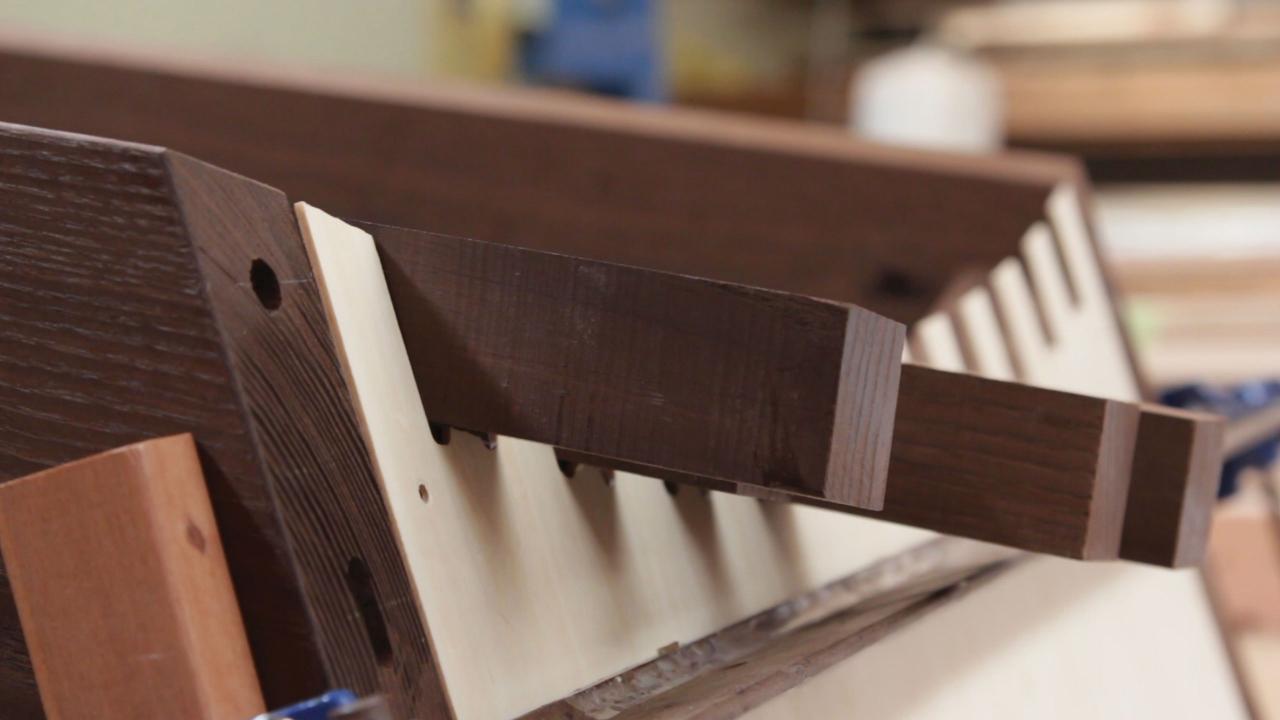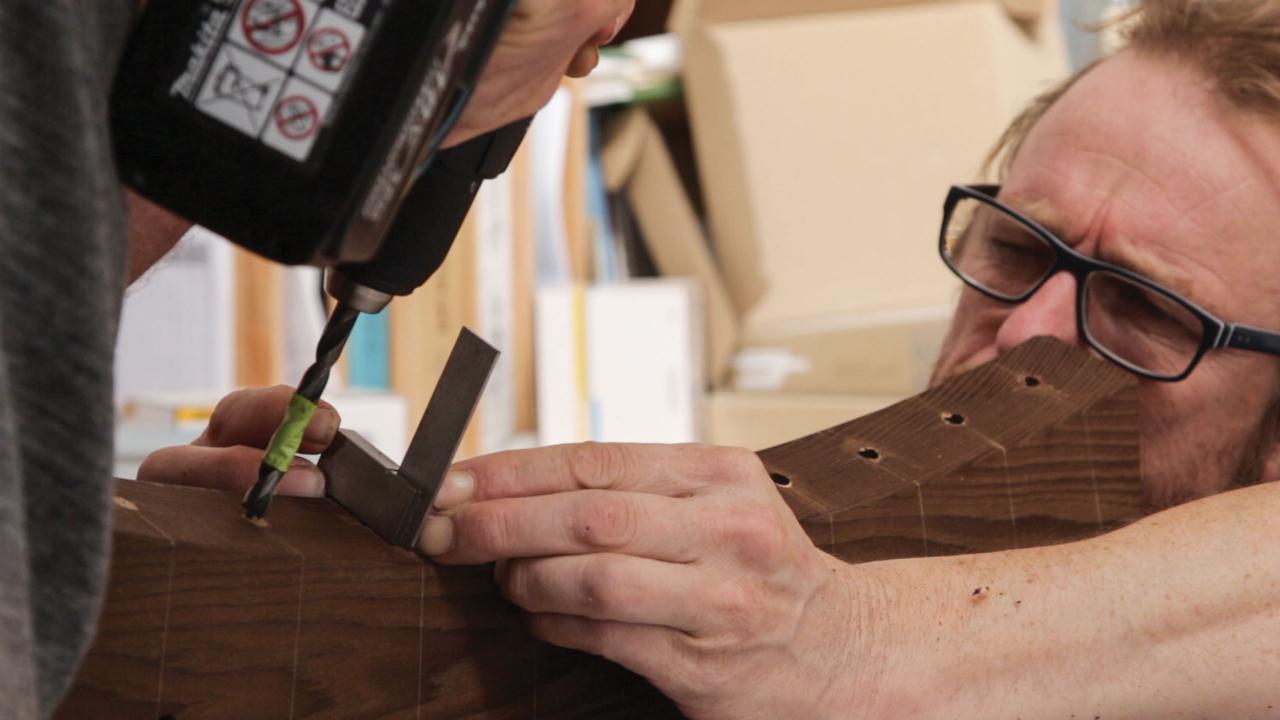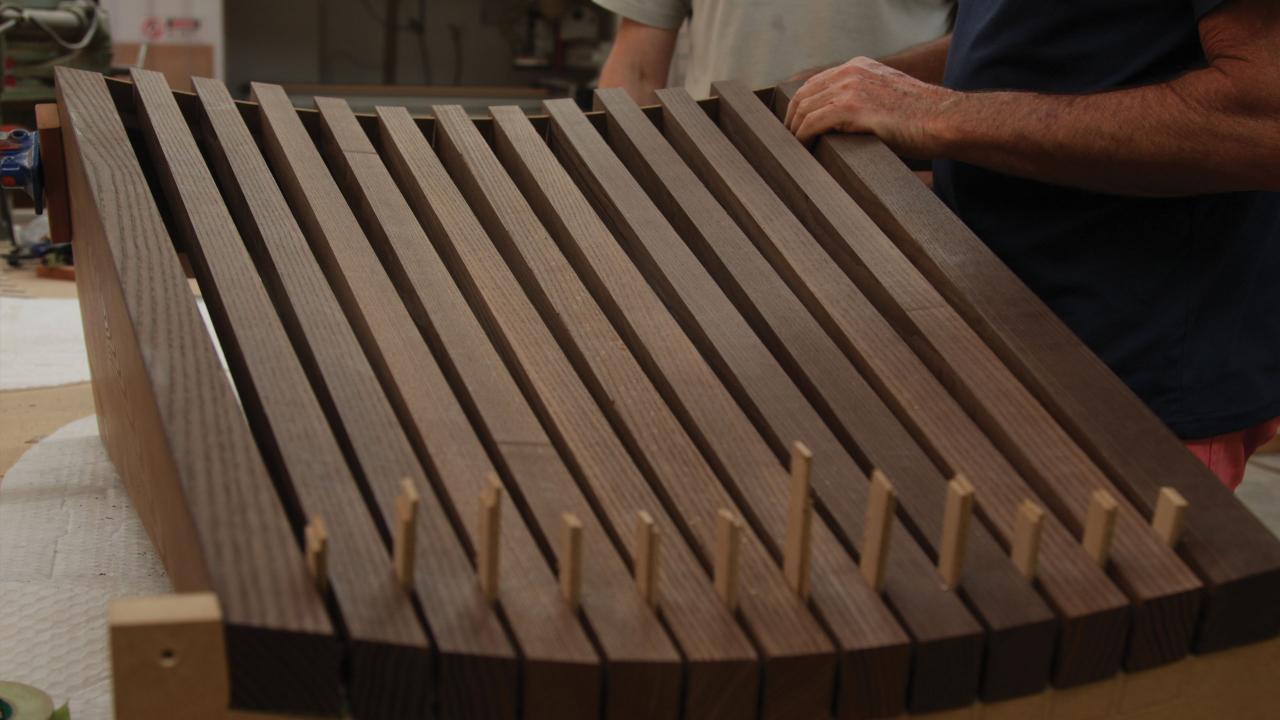Materials I work with most…
Wood has always been my material, the only one that I really know and love. I taught myself the craft of wood working when I began my career, and it has served me ever since. It is an extension of my love of nature. There was an early seminal moment when I dragged a long-fallen log out of the woods with an old forester. As we ran it through a sawmill, still all covered in forest floor fungus and growth, it peeled in half revealing the beautiful grain inside. That was the moment I saw the connection between wild nature, where I love to hike in ancient forests, and my craft. No other material has this innately natural and living feel. Metal is hard and recalcitrant; clay is cold, wet and floppy; textiles have no structure, and so on.
What I like about wood…
The beauty of wood comes at a price. Unlike those other materials, it is not man-made and homogenous. When it dries it shrinks differently in different directions, and after drying it continues to move and breathe. So you have to learn to work with it -- you can't fight it. Over the centuries, craftsmen have developed ways of accommodating its peculiarities and these cannot be lightly ignored, even today with all our sophisticated technologies . My ideas and designs evolve out of my relationship with wood, rather than being imposed onto it.
My favorite pieces have been the series of 'Rafts' I made about 15 years ago. And probably the best one of these is the Body Raft, now manufactured by Cappellini. I built them with steam-bent American white ash and hoop pine plywood from Australia. At the same time I also did a really exciting sculptural project for a client in Regensburg Germany, which took the structure of the rafts into a whole new scale.
Since I started working with wood, the world has changed and now we know that our demands on the planet are too great. We have to drastically cut our pollution and carbon emissions. Wood has hence become the perfect material: trees take carbon out of the air while growing, and lock it up in the wood; and at the end of life the wood decays back into nature without any pollution, except for the glues. So wood is doubly beautiful.
What was the idea / inspiration behind your design for Seed to Seat? What was you approach to the brief?
Today new technologies are opening up new ways of working with wood, and I find this really exciting. One of these is thermally-modifying (TM) the wood so that any species can become durable outdoors. We were always being asked if our furniture could be used outdoors and we always had to say no. So when I heard that AHEC was making TM American ash available I was very keen to use it for the Seed to Seat project. In addition to its new durability, the TM ash is also turned a gorgeous deep red-brown.
We have worked with TM timber before and know that it is less flexible and more brittle than normal timber. This had to influence how I designed with it. I had to forgo my characteristic curves and design with straight lines -- well mostly! I did manage to incorporate the cross-sectional curve of the seat, which I think is a powerful element of the design when contrasted with the other angular forms. I think that the result is a very strong design that reflects well the material it is made from. I thoroughly enjoyed making it.




